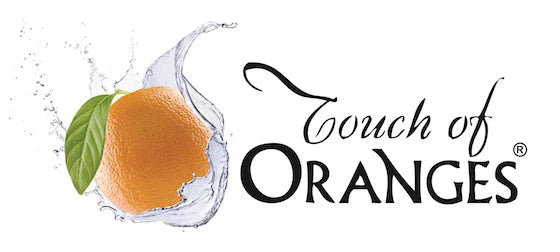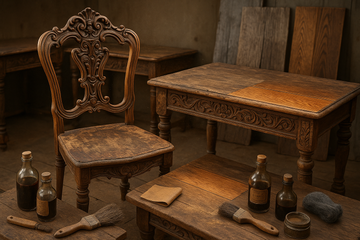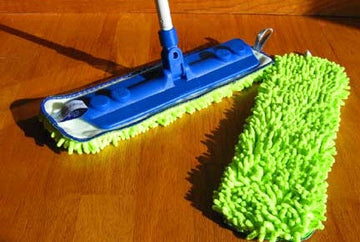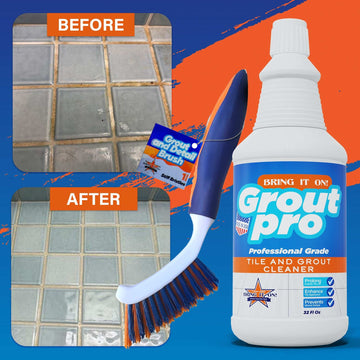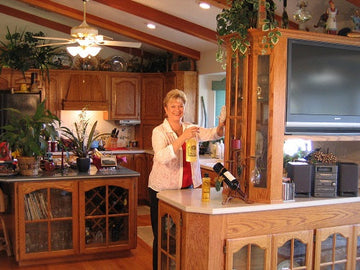Ultimate Guide to Wood Antique Cleaning and Restoration: The Touch of Oranges Technique
Authentic wood antiques carry a timeless charm that can instantly elevate the decor of any space. Whether it’s a vintage cabinet, an heirloom table, or a collection of old picture frames, these pieces hold stories and memories. However, over the years, dust, dirt, and environmental factors can diminish their beauty. That’s where Wood Antique Cleaning and Restoration comes into play, and one wonderful method gaining popularity is the Touch of Oranges technique.
Understanding the Importance of Proper Antique Care
Antique wood furniture isn’t just about aesthetics; it’s about preserving history. Improper cleaning can cause irreversible damage, such as removing the patina or scratching the delicate surface. The goal of restoration is to clean, repair, and sometimes refinish without compromising the piece’s authenticity.
In this guide, we’ll walk through a comprehensive process for Wood Antique Cleaning and Restoration, highlighting the benefits of using natural solutions like the Touch of Oranges method.
Why Choose the Touch of Oranges Method?
The Touch of Oranges technique uses natural citrus oils to clean and enhance antique wood surfaces safely. Unlike harsh chemical cleaners, orange-based solutions are gentle, renewable, and environmentally friendly. They effectively remove grime, grease, and old wax buildup while nourishing the wood.
Some advantages include:
- Natural cleaning power from orange oils
- Restores natural wood luster
- Provides a protective barrier
- Safer for antiques and delicate finishes
Step-by-Step Guide to Wood Antique Cleaning and Restoration
Preparation Is Key
Before diving into cleaning, gather your supplies:
- Soft microfiber cloths
- Orange-based cleaner (either commercial or homemade)
- Warm water
- Mineral spirits or furniture polish (if needed)
- Fine steel wool or gentle abrasive pads (for stubborn areas)
- Wax or furniture oil for finishing
Always test your cleaning solution on a small, inconspicuous area to ensure it doesn’t damage or discolor your antique.
Cleaning with the Touch of Oranges Method
- Mix Your Solution: For a homemade cleaner, blend a few drops of orange essential oil or orange extract with warm water. Alternatively, purchase a commercial orange-based cleaner designed for antiques.
- Wipe Gently: Dampen a microfiber cloth with your orange cleaner. Gently wipe the surface, following the grain of the wood. Avoid oversaturating, as excess moisture can harm the wood.
- Address Stubborn Spots: For sticky or oily spots, use a slightly dampened soft steel wool or abrasive pad infused with the orange cleaner. Be very gentle to avoid scratching.
- Dry Off: Use a clean, dry microfiber cloth to wipe away any residue, ensuring the surface is moisture-free.

Restoration and Repair
If your antique has scratches, dull spots, or loss of finish, consider these options:
- Polishing: After cleaning, apply a quality wood furniture polish or a natural oil like lemon or orange oil to restore shine and nourish the wood.
- Refinishing: For damaged surfaces, light sanding followed by a thin coat of matching stain or finish can help. Always choose eco-friendly products suitable for antiques.
- Crack and Paint Repair: Minor cracks can be filled with wood filler and sanded smooth. For any paint or veneer issues, consult a professional if necessary.
Tips for Maintaining Your Antique’s Beauty
- Regular dusting with a soft cloth keeps dirt from accumulating.
- Avoid placing antiques in direct sunlight or near heat sources to prevent warping and fading.
- Use coasters or mats to protect from spills and water rings.
- Periodic gentle cleaning with orange-based solutions preserves the wood’s luster without stripping away their natural character.
When to Consult a Professional
While many cleaning and restoration tasks can be done at home, some situations require expert intervention, such as severely damaged finishes, historical pieces under preservation guidelines, or valuable items needing specialized restoration. When in doubt, consulting a professional ensures your antique’s value and integrity are maintained.
Final Thoughts
Engaging in Wood Antique Cleaning and Restoration with the Touch of Oranges technique can be a rewarding process — restoring not just the appearance, but also the soul of your treasured pieces. By using natural, safe methods combined with patience and care, you can enjoy the beauty and history of your antiques for generations to come.
Remember, preserving antiques is an art; treat your pieces with love, avoid harsh chemicals, and opt for eco-friendly solutions like orange oils whenever possible. Your vintage wood treasures will thank you with timeless elegance!
